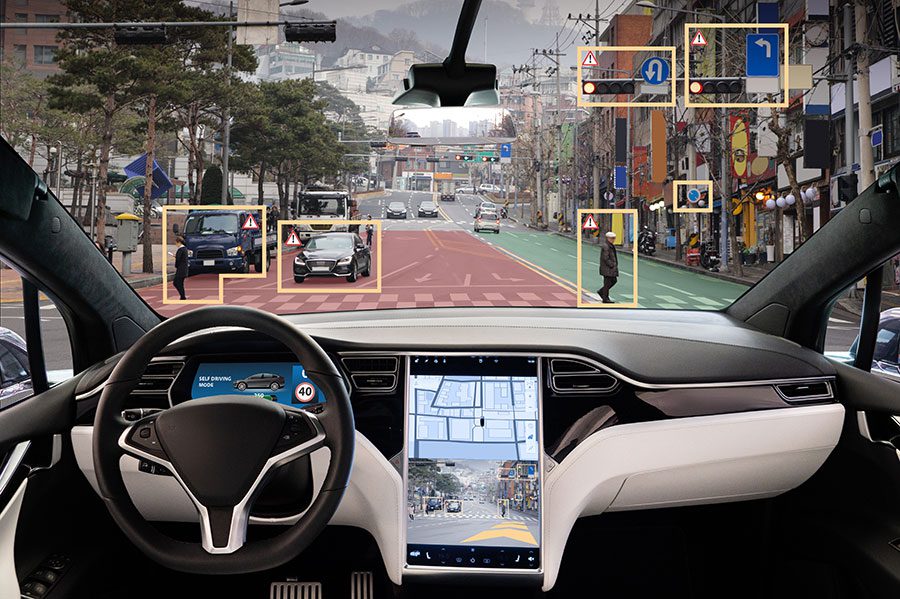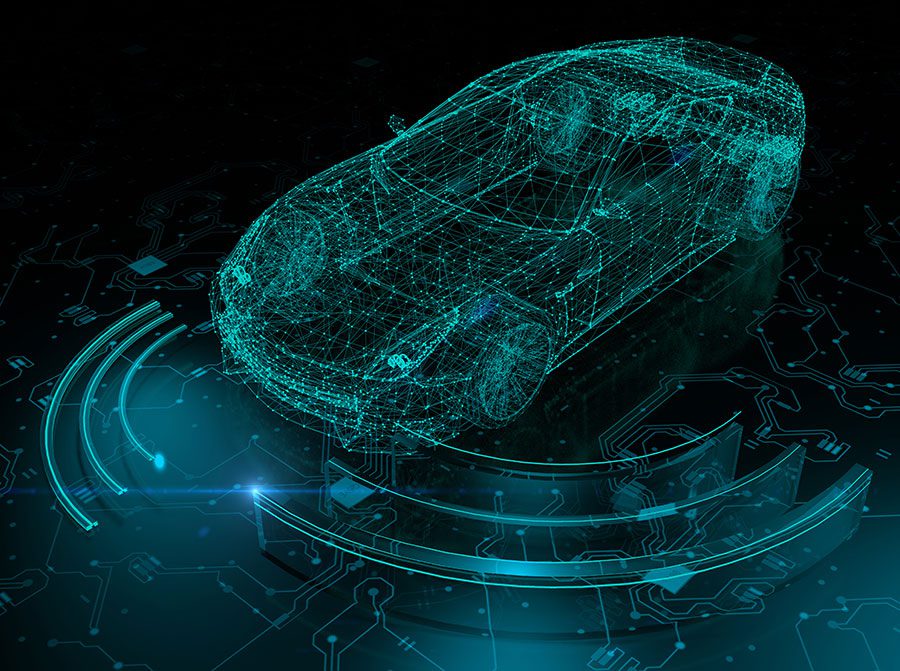Regulations have played a crucial role throughout transportation history, shaping the automotive landscape and paving the way for progress. And now, as we stand on the cusp of a new era with autonomous vehicles, regulations are poised to play a pivotal role once again.
Kickstart with a Flashback: Introduction to the Importance of Regulations
Before we speed ahead, let’s first glance back.
Regulations have always been the backbone of safe and efficient transportation. Think about the seatbelt, once a novelty, now a universal and life-saving feature in every car. Its adoption was driven by regulations that recognised the need to protect passengers. Likewise, airbags, antilock brakes, and emissions standards have all been mandated by governments to enhance the safety and environmental performance of vehicles.
These regulations weren’t mere bureaucratic hurdles; they’ve paved the way for progress. Now, they’re steering us into the age of autonomous vehicles.
Why Regulations Matter: The Necessity for Legal Frameworks
Picture a world without traffic lights, road signs, or speed limits. Chaos, right? Similarly, autonomous vehicles need clear and comprehensive rules on the road.
Regulations play a multifaceted role in shaping the future of autonomous cars. They are the legal foundation upon which trust, safety, and public acceptance are built.
These frameworks provide a structured pathway for automakers and tech companies to develop, test, and deploy self-driving vehicles while ensuring that firm safety standards are met. They define the responsibilities of manufacturers, set cybersecurity standards, establish ethical guidelines for decision-making algorithms, and address liability concerns in the event of accidents. In essence, regulations are the guardrails that keep innovation on the right track.
Red Tape and Green Lights: A Look at Diverging Regulatory Attitudes
Across the globe, governments have varying attitudes toward autonomous vehicles. Some are hitting the gas pedal, eager for innovation, while others are tapping the brakes, cautious about the risks and ethical considerations that self-driving technology presents.
In one lane, we find countries like the United States and certain European nations racing ahead with enthusiasm. They are providing green lights for autonomous vehicle testing and deployment, recognising the potential to reduce accidents, alleviate traffic congestion, and increase accessibility for individuals with limited mobility. These forward-thinking governments understand that the path to autonomy may be paved with uncertainties, but they are committed to supporting innovation, even if it means navigating uncharted territories.
In stark contrast, other nations are taking a more measured approach. Concerns about safety, job displacement, and privacy considerations have prompted some governments to exercise caution, leading to stricter regulations and slower adoption. They acknowledge the need to balance innovation with public welfare, ensuring that the benefits of autonomous vehicles are not overshadowed by unintended consequences.
It’s a Global Puzzle: The International Aspect of Regulations
In an increasingly interconnected world, where people and goods move freely across continents, the need for uniformity in autonomous vehicle regulations becomes evident.
Picture a scenario where self-driving cars from one country are unable to operate seamlessly in another due to starkly contrasting rules and standards. The result would be a significant barrier to the widespread adoption of this transformative technology.
Recognising this, international bodies and organisations are working diligently to establish a common framework for autonomous vehicle regulations. These efforts aim to create a level playing field where self-driving cars can operate safely and efficiently, regardless of their location. The stakes are high, as a fragmented regulatory landscape could hinder the potential benefits of autonomous vehicles on a global scale.
Testing, Testing, 1-2-3: The Rigorous Testing Autonomous Vehicles Must Undergo
Before autonomous cars hit the streets, they undergo rigorous testing to demonstrate their ability to navigate complex and dynamic environments, make split-second decisions, and prioritise safety above all else.
These tests cover a wide range of scenarios, from ideal driving conditions to challenging situations like adverse weather, unexpected obstacles, and interactions with pedestrians and other vehicles.
Manufacturers invest heavily in sensor technology, machine learning algorithms, and sophisticated simulation tools to replicate these scenarios and fine-tune the performance of their autonomous systems.
Safety is key throughout this process, with engineers continuously refining the vehicle’s ability to detect and respond to potential hazards.
The Silent Regulator: How Public Trust Impacts Regulation
While governments and regulatory bodies are tasked with crafting the legal framework, it’s the public’s perception and confidence in self-driving technology that ultimately steer the direction of regulation. The widespread acceptance of autonomous cars hinges on how society views their safety, reliability, and potential benefits. Understanding the intricate relationship between public opinion and the regulatory landscape is crucial in ensuring the successful integration of autonomous vehicles into our daily lives.
High-profile accidents and ethical dilemmas involving autonomous vehicles have cast a spotlight on the importance of building public trust. Governments, manufacturers, and technology developers must work tirelessly to demonstrate the safety and reliability of self-driving cars through rigorous testing, transparency in decision-making, and open communication with the public. As the silent regulator, public opinion has the power to accelerate the adoption of autonomous vehicles when trust is high or impede progress when trust is lacking.
 The Road Ahead: What the Future Holds for Regulatory Landscapes
The Road Ahead: What the Future Holds for Regulatory Landscapes
The future of regulatory landscapes is set to be a multifaceted journey. As self-driving technology matures and gains wider acceptance, we can anticipate a convergence of global standards aimed at ensuring unison and safety across borders.
Governments will play a pivotal role in striking the delicate balance between fostering innovation and safeguarding public interests. Ethical considerations, cybersecurity concerns, and data privacy will become increasingly central to the regulatory discourse, demanding agile and adaptable frameworks.
The road ahead may be winding and unpredictable, but one thing is certain: regulations will continue to evolve in tandem with the incredible advancements in autonomous vehicles, shaping a future where innovation thrives within the boundaries of safety and ethics.
What about you? How much trust do you place in regulators? Do you believe they are equipped to strike the right balance between innovation and safety and to address the ethical and societal concerns surrounding autonomous vehicles?



